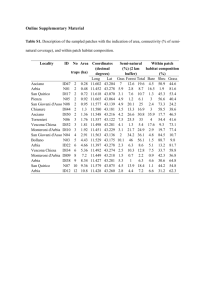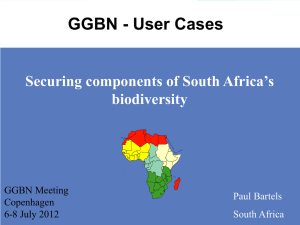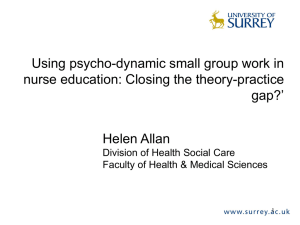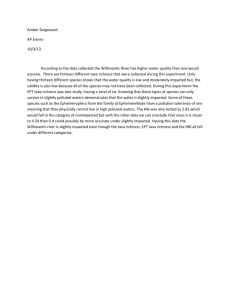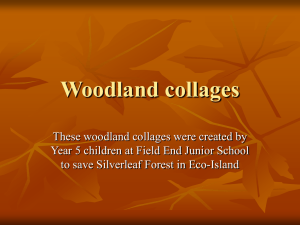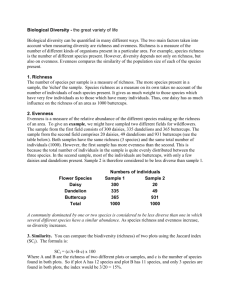Appendix 1. Names of the forest hoverfly species retained to
advertisement
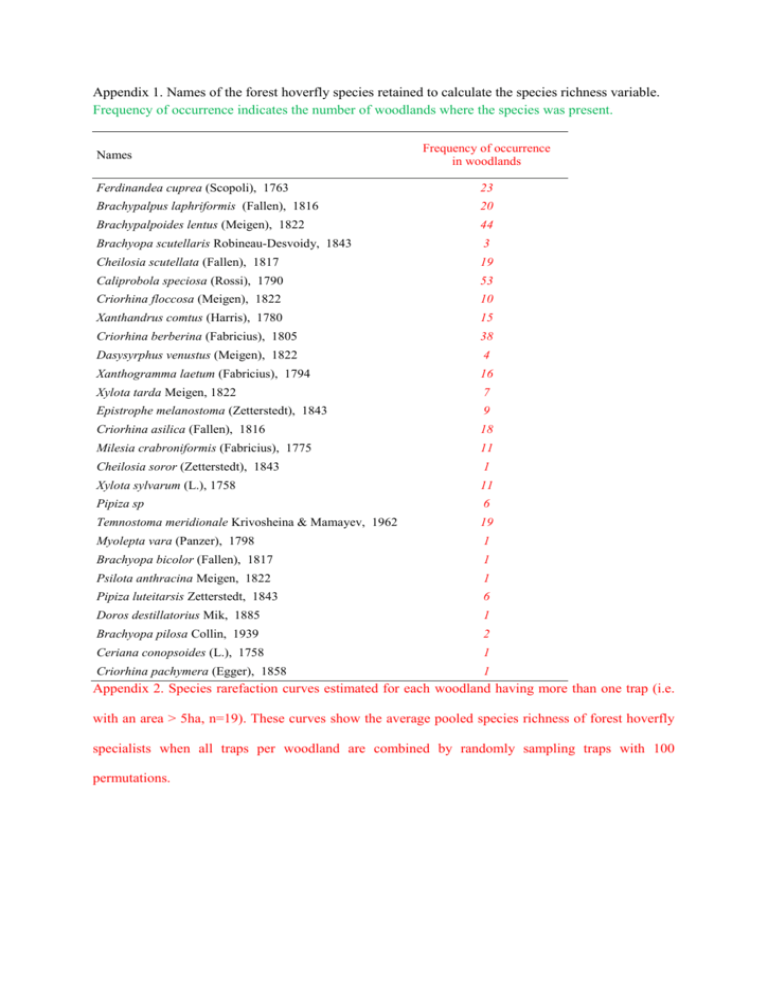
Appendix 1. Names of the forest hoverfly species retained to calculate the species richness variable. Frequency of occurrence indicates the number of woodlands where the species was present. Names Frequency of occurrence in woodlands Ferdinandea cuprea (Scopoli), 1763 23 Brachypalpus laphriformis (Fallen), 1816 20 Brachypalpoides lentus (Meigen), 1822 44 Brachyopa scutellaris Robineau-Desvoidy, 1843 3 Cheilosia scutellata (Fallen), 1817 19 Caliprobola speciosa (Rossi), 1790 53 Criorhina floccosa (Meigen), 1822 10 Xanthandrus comtus (Harris), 1780 15 Criorhina berberina (Fabricius), 1805 38 Dasysyrphus venustus (Meigen), 1822 4 Xanthogramma laetum (Fabricius), 1794 16 Xylota tarda Meigen, 1822 7 Epistrophe melanostoma (Zetterstedt), 1843 9 Criorhina asilica (Fallen), 1816 18 Milesia crabroniformis (Fabricius), 1775 11 Cheilosia soror (Zetterstedt), 1843 1 Xylota sylvarum (L.), 1758 11 Pipiza sp 6 Temnostoma meridionale Krivosheina & Mamayev, 1962 19 Myolepta vara (Panzer), 1798 1 Brachyopa bicolor (Fallen), 1817 1 Psilota anthracina Meigen, 1822 1 Pipiza luteitarsis Zetterstedt, 1843 6 Doros destillatorius Mik, 1885 1 Brachyopa pilosa Collin, 1939 2 Ceriana conopsoides (L.), 1758 1 Criorhina pachymera (Egger), 1858 1 Appendix 2. Species rarefaction curves estimated for each woodland having more than one trap (i.e. with an area > 5ha, n=19). These curves show the average pooled species richness of forest hoverfly specialists when all traps per woodland are combined by randomly sampling traps with 100 permutations. 10 0 5 random 15 20 Species Richness 0 2 4 6 8 10 Sites 12 14 Pooled traps Appendix 3. Relationships between current average number of microhabitats per woodland (AvgNb_MH) and species richness of forest hoverflies for each historical continuity category (i.e. since 1850 = 1; since 1900 = 2; since 1954 = 3; since 1979 = 4)
